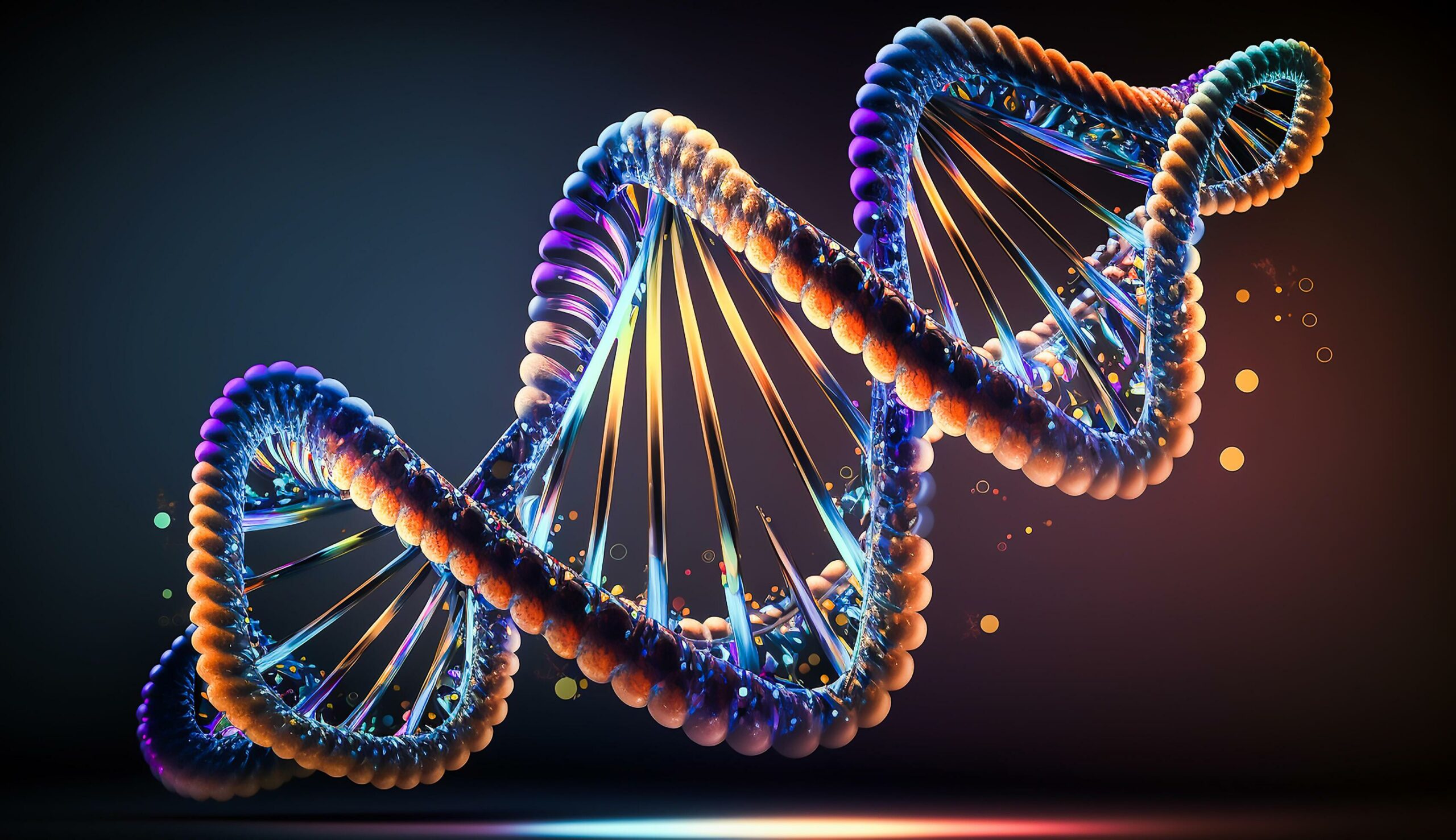In the intricate tapestry of life, DNA serves as the quintessential narrative thread, weaving together the story of genetic inheritance and expression. The advent of chip-based traps has revolutionized the mechanisms through which we unravel the genetic secrets embedded within this double helix. These technologically advanced platforms act as prisms, refracting the complex reality of molecular biology into comprehensible spectra. In an age where the quest for precision in genetic analysis is paramount, these devices illuminate the underlying patterns that dictate not only heredity but also the nuances of phenotypic expression.
The genesis of this technological innovation stems from the confluence of microfabrication and molecular biology. The conception of chip-based traps involves the meticulous engineering of nanoscale structures capable of capturing and manipulating individual molecules of DNA. Much akin to a finely tuned fishing net cast into the ocean of genetic material, these chips selectively ensnare strands of DNA, allowing researchers to scrutinize their sequences with unprecedented resolution. The implications of such precision are both profound and far-reaching; they enable a deeper understanding of genetic disorders, evolutionary biology, and even the burgeoning field of personalized medicine.
Central to the functionality of these traps is the principle of spatial confinement. By creating an environment where DNA molecules can be isolated from the chaotic milieu of cellular components, scientists can engage in detailed observation and experimentation. This phenomenon is reminiscent of chiaroscuro in art, where light and shadow coalesce to reveal the underlying details of a subject. Similarly, by controlling the physical constraints imposed on DNA molecules, researchers are empowered to elucidate the structural and functional dynamics that govern their behavior.
In this context, the role of microfluidics cannot be overstated. These small-scale systems enable the precise control of fluids, allowing for the targeted delivery of reagents essential for DNA analysis. When combined with chip-based traps, microfluidic technology allows for the creation of highly specialized environments that facilitate chemical reactions and interactions. The result is a veritable symphony of molecular interactions, orchestrated with the precision of a maestro conducting a world-class ensemble. Each note—be it an enzyme, nucleotide, or sensor—plays a critical role in culminating the performance of genetic exploration.
The elucidation of genetic secrets through these platforms is exemplified in the realm of single-molecule sequencing. Historically, sequencing large quantities of DNA has often been an arduous and time-consuming endeavor. Yet, the incorporation of chip-based traps allows for the direct observation of DNA’s behavior as it is transcribed or replicated, revealing insights that were previously obscured by the limitations of bulk analysis techniques. The capacity to sequence DNA at such an intimate level provides a powerful lens through which the genetic code can be deciphered—illuminating the pathways that lead to the development of various phenotypes and diseases.
The implications of chip-based traps extend beyond mere academic curiosity; they encroach upon the practicalities of modern medicine. The understanding gleaned from these genetic explorations can inform the development of novel therapeutic strategies, particularly in the arena of precision medicine. The ability to identify genetic variants associated with diseases catalyzes the emergence of tailor-made therapies, where treatments can be customized to address the unique genetic profiles of patients. In this way, the metaphoric illumination of DNA through chip-based trapping transforms our approach to healthcare, shifting from a one-size-fits-all model to one that embraces the intricacies of individual genetic landscapes.
Moreover, the convergence of artificial intelligence with chip-based traps heralds a new epoch in genetic research. Machine learning algorithms can analyze the vast data sets produced by these chip systems, identifying patterns and correlations that may elude the human eye. This synergistic relationship between machine intelligence and biological inquiry serves to enhance the depth of understanding achieved through chip-based traps, enabling the extraction of knowledge that is both profound and precise. As researchers harness these computational tools, the quest to unveil the mysteries of life continues unabated, fostering new frontiers in genomic exploration.
As we stand on the precipice of this genetic renaissance, it is crucial to acknowledge the ethical dimensions of such powerful technologies. The capacity to manipulate and analyze DNA invokes ethical considerations surrounding privacy, consent, and the potential for unintended consequences. The journey of illuminating genetic secrets is not merely a scientific endeavor; it is a mosaic of moral questions that society must navigate with care and deliberation. It urges a collective responsibility to ensure that the revelations of DNA serve the greater good, empowering humanity while safeguarding the delicate balance of the intricate web of life.
In conclusion, the exploration of genetic secrets through chip-based traps epitomizes the harmonious interplay of technology and biology. These innovative devices not only unveil the nuanced architecture of life but also pave the way for transformative advancements in medicine and beyond. As we delve deeper into the intricate mysteries encoded within the genome, we are reminded of the profound beauty and complexity inherent in the biological narrative—one that is now more accessible than ever through the illuminating lens of modern science. The journey of understanding our genetic inheritance is ongoing, a testament to our unyielding curiosity and indomitable spirit of inquiry.








